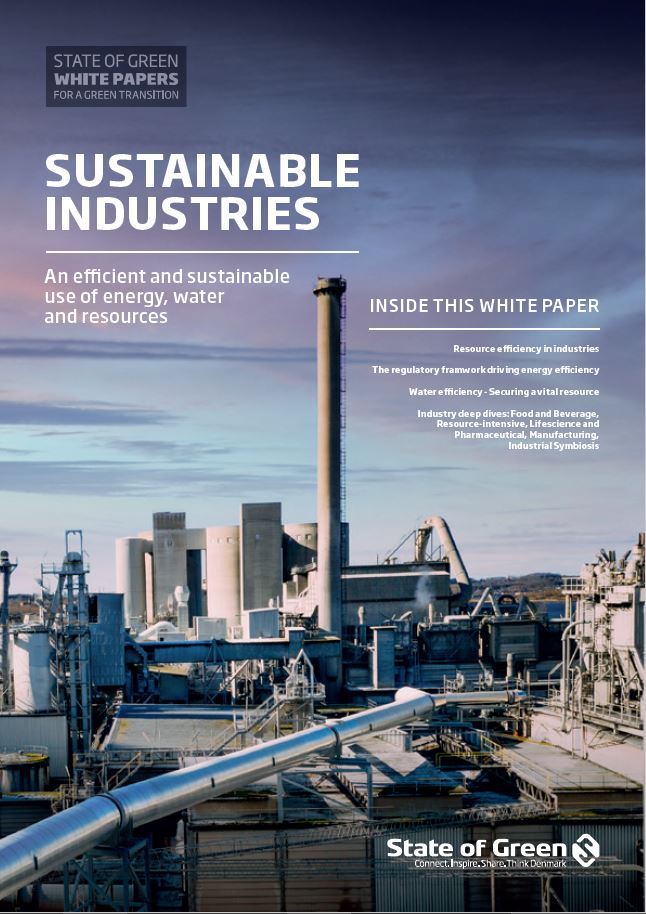Download our publication on sustainable industries
This article is part of our publication ‘Sustainable industries’.
Download nowPerspective
Industry


Increasing water efficiency in industrial value chains can decrease costs, increase competitiveness, and reduce societal risks by using less water in water stressed communities.
The availability of water is a critical issue and will continue to be so with a swelling global population and rising living standards. Its importance as a global issue is reflected in the United Nations SDG 6, which highlights the need for “Efficient Water-Use and Sustainable Withdrawal” in target 6.4. This
increased focus on sustainability is driven by the risk of shortages of a key resourcefor production and industry, namely water. The challenge is particularly illustrated by the fact that it takes approximately 50 litres of water a day to satisfy one person’s basic water need, but it takes 2,500 litres
to produce that same person’s daily food intake. Therefore, to solve the global water scarcity challenge, it is imperative to look at water usage in industries.
As more and more regions experience water scarcity, often in combination with deteriorating water quality of available sources, there is an increased focus on the division of available water resources between domestic use and industrial processes. From Cape Town to California, water scarcity results in water stressed areas, where water is a valuable resource needed for both the population as well as agriculture and other industries. For instance, in California almond farming alone uses about 10 per cent of the state’s total water supplyannually and overall agriculture claims 80 per cent of California’s water consumption.
Despite significant reductions in water consumption of 33 per cent over the last two decades, the water footprint still averages around 12 litres water consumption per Californian almond. Several initiatives are being taken and the California almond community has committed to a goal of achieving an additional 20 per cent water reduction by 2025, but it will still be around 10 litres per Californian almond.
If a production facility is located in a water stressed area, industry needs to managewater in a smart and efficient way in order to balance water withdrawals against the needs of the local community, be it ground or surface water based. A dedicated effort will lessen the global strain on water
resources and in a local context, benefit the total water system and supply for local citizens and domestic use.

This article is part of our publication ‘Sustainable industries’.
Download nowWith the pervasive challenge of water scarcity, industries are looking at solutions to decrease water withdrawals and maximise the possibilities for its reuse in production and throughout the entire value chain. Not only to positively impact society and local communities, but also to enhance their own competitiveness. A high water price in Denmark (8.8 EUR/m3) has created incentives for the industry to decrease water usage and thus decrease marginal costs spent on water. Equally, the ever-present risk of rising water rates and wastewater discharge fees invoke continuous developments for efficient water use and sustainable withdrawal in industries.
solutions
Combined heat and power production
+6
solutions
Energy efficiency in buildings
+2